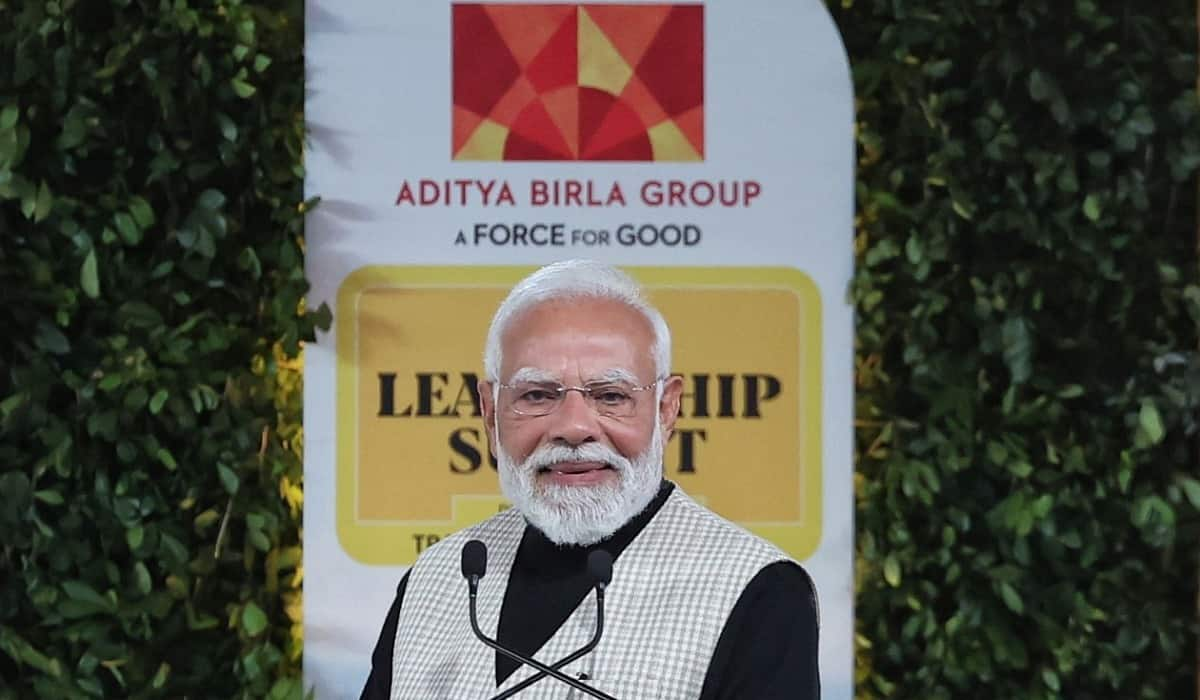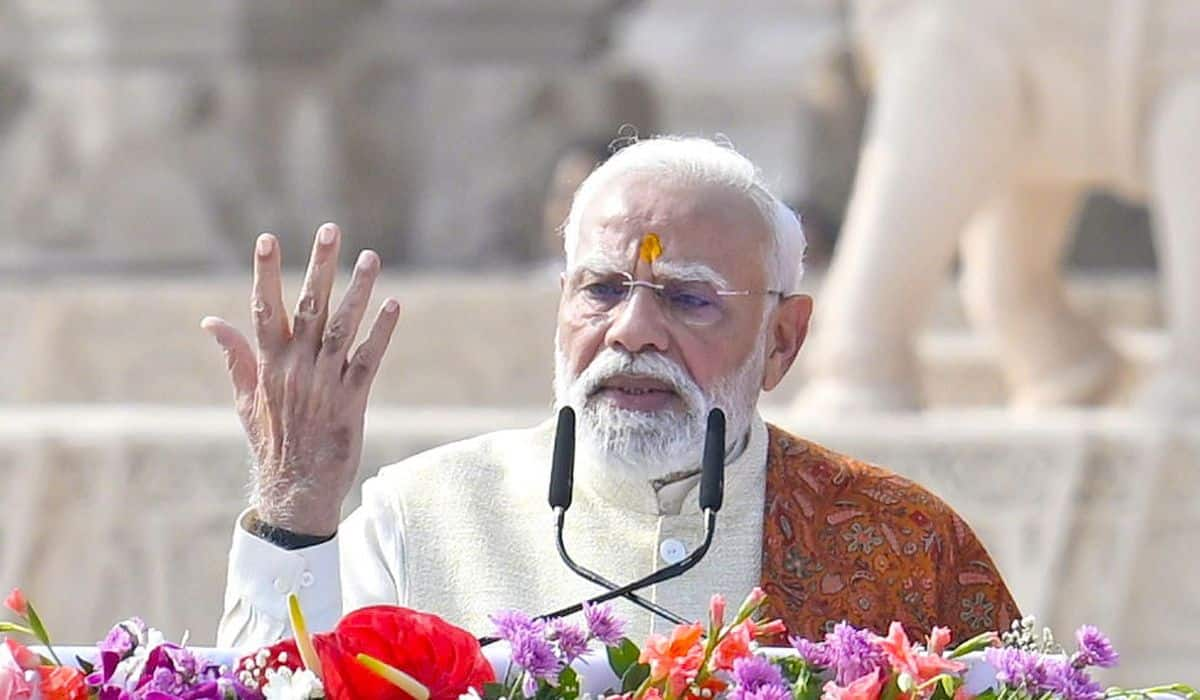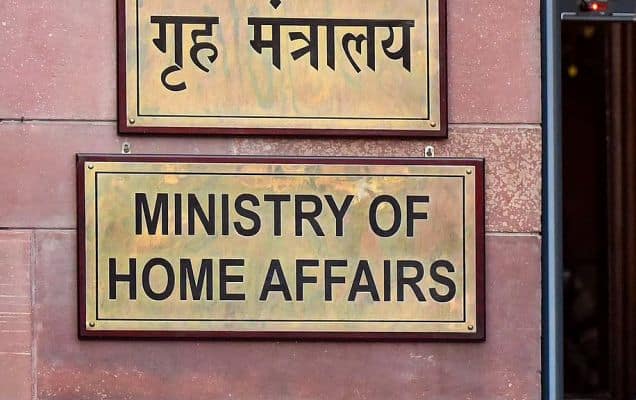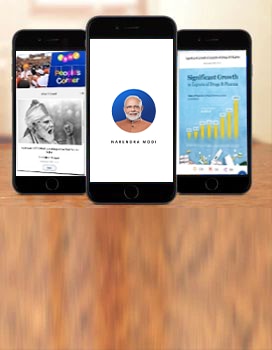3 extremely satisfying days with the future of Gujarat
Dear Friends,
For the next three days, the entire Team Gujarat goes to school! Yes, senior Ministers, officials and myself are going to spend the next three days in the rural areas of Gujarat, going to villages and asking parents to educate their children as a part of the Shala Praveshotsav and Kanya Kelavani Abhiyan 2013-2014. We will go to the rural areas of Gujarat on 13th-14th-15th June and in the urban areas of Gujarat on 20th-21st-22nd June.

Be it scorching heat or thunderous rain, my Cabinet colleagues, officials and I set out to the villages, we tell the parents, give us your child so that we can take them to school. I can say without doubt that taking a toddler to school is one of the most satisfying moments in my many years in public life. There is no better joy than laying the foundations of a strong future for these little children.
After a decade of doing this, I am glad to share that our efforts have received immense success. The drop out rate, which stood at 17.83% in 2003-2004 has drastically come down to 2.04% in 2012-2013 for Standard 1-5 and the drop out rates for Class 1-7 has dropped significantly from 33.73% in 2003-2004 to 7.08% this year. The results of the Kanya Kelavani Abhiyan are also for all to see. In the last decade, female literacy has increased from 57.80% to 70.73% today.
While there is tremendous improvement, we want to go higher. You must have noticed that whenever results of the Class X and XII Board Exams are announced, the most common headline is- girls outshine boys yet again. It just shows that if we give the right opportunity to our women, they can do wonders. This is what we seek to do through the Kanya Kelavani Abhiyan and Shala Praveshotsav.
We noticed that a common reason for the high drop out rate among girl students was lack of adequate sanitation facilities. Thus, we constructed over 71,000 sanitation blocks. Similarly, we saw that the state did not have enough classrooms to facilitate quality education for our youngsters so we built over 1,04,000 classrooms in the last decade. We did not stop there. In this age, where technology is constantly redefining the world, it is a crime to keep our youth away from these advances. That is why we have equipped over 20,000 schools with computer facilities.
Friends, let us all become partners in this quest for ensuring education for all. Look in your neighbourhood, in your offices, ask your support staff if they send their children to school and if they do not, inspire them to do so. Education brings employment as well as opportunity. And, by doing this, we are not only safeguarding the future of the child but also adding a new strength to the future of Gujarat. We are also doing a great service for our nation, who will greatly benefit from the intellectual power of these youngsters, the seeds of which we are fortunate to sow today.
Yours,
![]()
Narendra Modi














